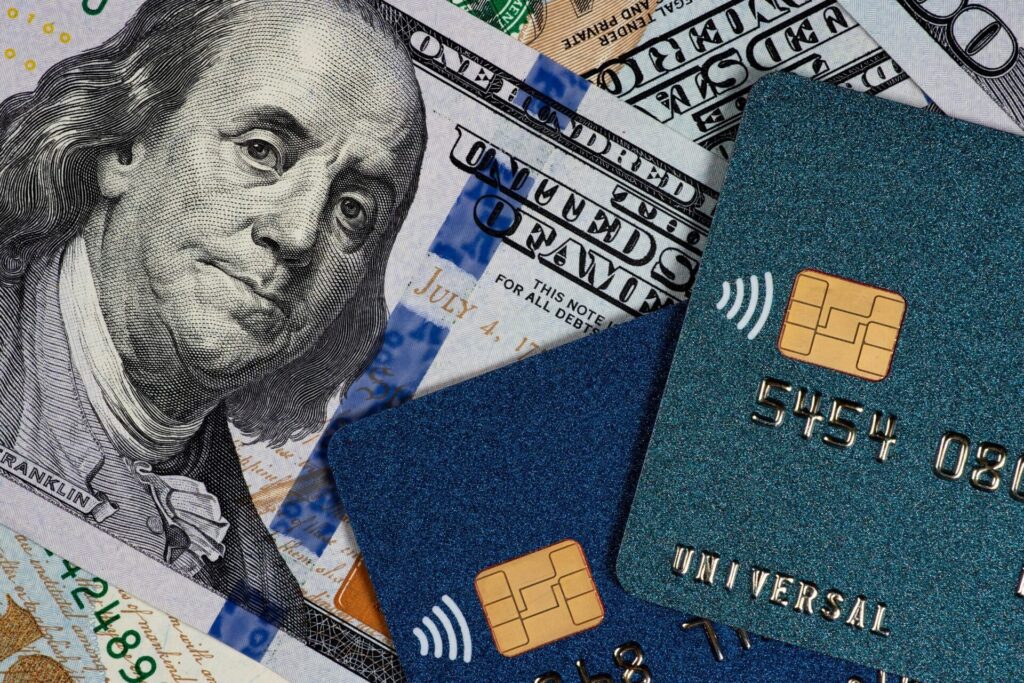Facing financial challenges is a common part of life, and for those with a less-than-stellar credit history, obtaining traditional loans can be a daunting task. However, the availability of bad credit loans provides a potential lifeline for individuals seeking financial assistance. Navigating this landscape requires careful consideration and informed decision-making to avoid pitfalls and make the most of the opportunities available.
Understanding bad credit
First and foremost, it’s crucial to understand what constitutes bad credit. Credit scores typically range from 300 to 850, with higher scores indicating better creditworthiness. A credit score below 580 is generally considered poor or bad credit. Factors such as missed payments, high credit card balances, and loan defaults contribute to a lower credit score.
Types of bad credit loans
1. Secured loans
Secured loans require collateral, such as a car or property, to secure the loan. While these loans may offer lower interest rates due to the reduced risk for lenders, they also pose a higher risk to borrowers who may lose their collateral if they fail to repay.
2. Unsecured loans
Unsecured loans do not require collateral, relying solely on the borrower’s creditworthiness. Interest rates on unsecured bad credit loans are typically higher to compensate for the increased risk to lenders. Personal loans and credit cards are common examples of unsecured loans.
3. Payday loans
Payday loans are short-term, high-interest loans designed to provide quick cash between paychecks. While they are easily accessible, the exorbitant interest rates make them a risky option. Borrowers can easily find themselves trapped in a cycle of debt if they are unable to repay the loan promptly.
Steps to navigate bad credit loans
1. Know your credit score
Before exploring bad credit loans, obtain a copy of your credit report and check your credit score. Understanding the factors contributing to your bad credit can help you identify areas for improvement and ensure that you choose the most appropriate loan option.
2. Research lenders
Not all lenders are created equal, and it’s essential to research and compare lenders offering bad credit loans. Look for reputable institutions with transparent terms and reasonable interest rates. Avoid predatory lenders that may take advantage of your financial situation.
3. Consider co-signers
If possible, consider asking a friend or family member with a better credit history to co-sign the loan. A co-signer essentially vouches for your creditworthiness and can help secure more favorable loan terms. However, it’s crucial to communicate openly and uphold your end of the agreement to protect the co-signer’s credit.
4. Review loan terms carefully
Thoroughly review the terms and conditions of any bad credit loan before committing. Pay attention to interest rates, fees, and repayment terms. Be wary of loans with excessive fees or interest rates that could lead to a cycle of debt.
5. Explore online lenders
Online lenders often have more flexible criteria for bad credit loans. Research reputable online lending platforms and compare their offerings. Online lenders may provide a faster and more accessible application process compared to traditional banks.
6. Build a budget
Before taking out a bad credit loan, create a realistic budget that outlines your income, expenses, and debt obligations. Determine how much you can reasonably afford to borrow and repay without jeopardizing your financial stability.
7. Look for credit-building opportunities
Some bad credit loans come with the potential to improve your credit score if you make timely payments. Installment loans, for example, allow you to make fixed monthly payments over a set period, demonstrating responsible financial behavior to credit reporting agencies.
8. Consider alternatives
While bad credit loans can be a solution, explore alternative options before committing. Look into credit counseling, debt consolidation, or financial assistance programs that may provide more sustainable solutions to your financial challenges.
If you need a small amount of cash quickly—$50 to $250—Brigit’s Instant Cash1 can be a great option!
Precautions and red flags
1. Watch out for predatory practices
Be cautious of lenders engaging in predatory practices, such as charging excessive fees, using aggressive sales tactics, or making unsolicited offers. Always read the fine print and be wary of offers that seem too good to be true.
2. Avoid payday loans if possible
Payday loans, with their high interest rates and short repayment terms, can lead to a cycle of debt. Explore other options before resorting to payday loans, and consider them only as a last resort.
3. Beware of upfront fees
Legitimate lenders typically deduct fees from the loan amount rather than requiring upfront payment. Be wary of lenders requesting payment before providing the loan, as this is a common red flag for scams.
The bottom line: bad credit loans
Navigating bad credit loans requires careful consideration, research, and a commitment to responsible financial management. By understanding your credit situation, exploring different types of loans, and taking precautionary measures, you can make informed decisions that align with your financial goals. Additionally, considering alternative solutions and seeking professional advice can contribute to a more comprehensive approach to improving your financial well-being.
1Not all members will qualify for advances; Depending on eligibility, advances range from $50 – $250. Subject to Brigit’s approval and policies. Brigit monthly subscription required.










